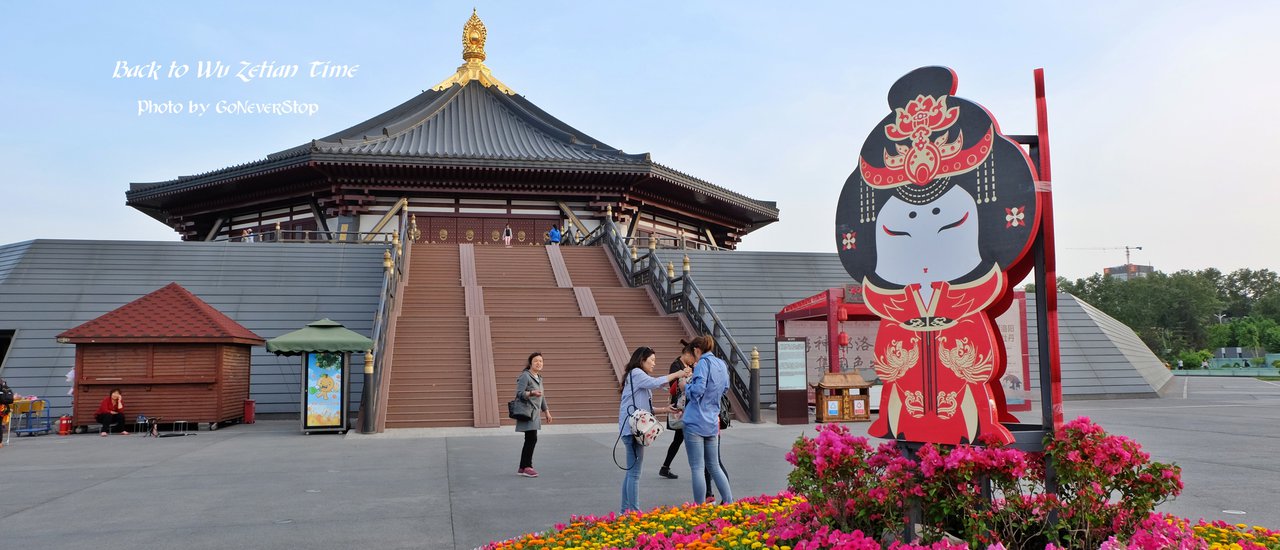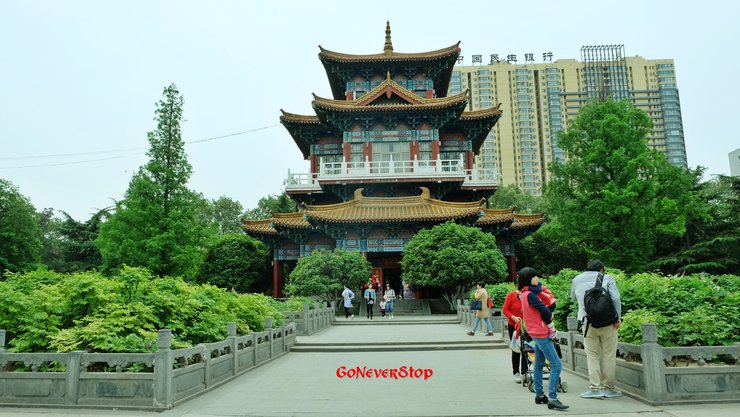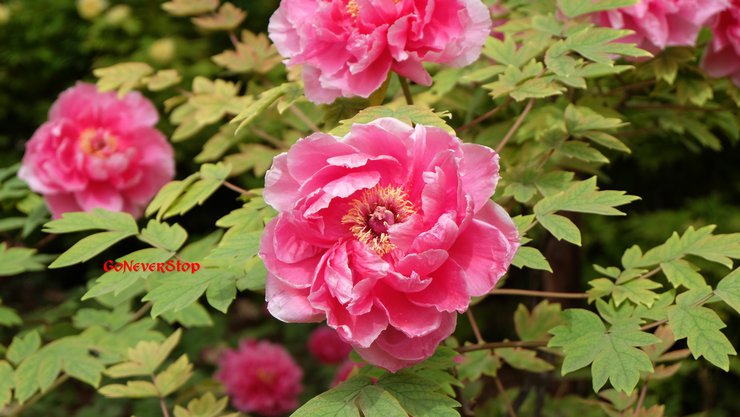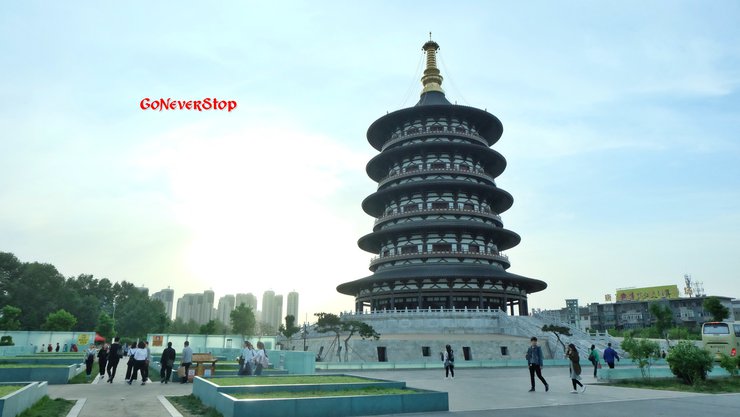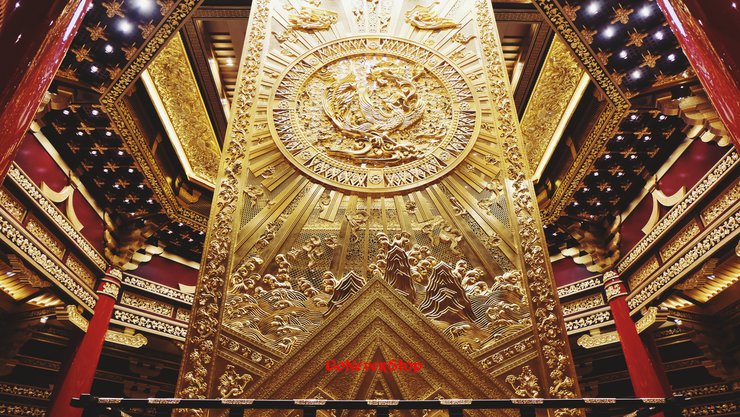Ta-da! Ta-da! Ta-da! Ta-da...
Following my fascination with the TV series "The Empress of China" (also known as "Wu Zetian"), which is currently airing on Channel 3 with Thai subtitles, I embarked on a journey to retrace the footsteps of this historical figure. Initially, I was not particularly drawn to the series, finding Fan Bingbing's portrayal with her wide, anime-like eyes somewhat jarring. However, as the story unfolded, I became increasingly captivated by the protagonist's resilience and determination. The series depicts Empress Wu as a woman who faced numerous challenges and was forced to fight for her loved ones until her final days. Ascending to the throne at the age of 66, she continued to serve her people tirelessly despite her advanced age. Witnessing the accomplishments and struggles of her sons further fueled my empathy for her. Inspired by the series, I spontaneously booked a trip to explore the historical sites associated with Empress Wu.
We will now take you to the actual historical sites in the story, which are located in the cities of Xi'an and Luoyang. These are not the filming locations, as most of the filming likely took place in Hengdian.
Daming Palace
The Great Ming Palace served as the primary imperial palace during the Tang dynasty. Emperor Li Shimin initiated its construction, and it remained the dynasty's central palace for numerous subsequent reigns.
The Great Ming Palace, also known as the Forbidden City, is the largest palace complex in China. It is larger than the Forbidden City in Beijing and is believed to have served as the model for its construction.


Huangchenggong Park
In the story, there is a scene where Mei Niang invites Zhi Nu to admire the flowers in Luoyang. One of the flowers that Mei Niang historically favored is the peony.
Every year, from early April to early May, the city of Luoyang hosts a peony festival in several gardens throughout the city. One of the gardens, Wangchenggongyuan, is located on the oldest site in Luoyang.


The Empress's Palace
The complex stands on the former site of the imperial palace where Wu Zetian ruled during the Zhou Dynasty. It comprises two main buildings, the Tiantang and the Mingtang. Inside, exhibitions showcase Wu Zetian's history and the reconstruction of the palace on this site.


Pha Lung Hom-in Cave
Empress Wu Zetian: A Patron of Buddhism
Empress Wu Zetian stands out as a ruler who actively supported and promoted Buddhism. This is evident in the numerous stone sculptures she commissioned at the Longmen Grottoes, including the largest Buddha statue in the complex. Some scholars have even speculated that this colossal statue bears a resemblance to Wu Zetian's own features.


Qianling Mausoleum
The final resting place of Emperor Gaozong of Tang and Empress Wu Zetian, the Qianling Mausoleum, is the only tomb in Chinese history to house an emperor and empress together. It is also one of the few Chinese tombs that have escaped the clutches of tomb raiders. Notably, the stone tablet in front of Empress Wu Zetian's tomb is unique among other imperial tombs: it bears no inscription whatsoever.


There are other locations related to the series, but I will only review the ones I have personally visited. If you want to read more details about each location, you can follow the link provided.
Chapter 1: The Beginning of the Journey
Chapter 2: Journey to the Empress' City
Chapter 3: Luoyang's Beautiful Gardens
Chapter 5: The Empress's Palace
Chapter 6: The Market Behind the Old Wall of the Sui Dynasty
Chapter 7: The Muslim Community in Chinese Cities
Chapter 8: The Grand Palace of the Tang Dynasty, the Center of World Governance
Chapter 9: Cycling on the Old City Wall
Chapter 10: The Mausoleum of the Emperor and Empress
GoNeverStop
Tuesday, October 8, 2024 11:18 AM

